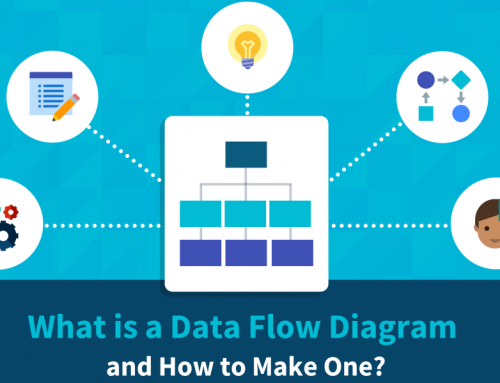5 Steps on How to Improve Your Data Management
A data steward is an expert responsible for a set of data or data domains, typically ensuring that an organization defines business terms, creates and maintains data quality rules, and applies data consistently and accurately across all systems, applications, and reports. In some organizations, data stewards may also be responsible for data access management or granting users access to datasets. Although the roles of data stewards can vary widely across companies and industries, their core responsibilities are largely the same. If you want to be a data steward, then you must be interested in this article. Here are 5 steps on how to improve your data management.

Steps on How to Improve Your Data Management
Steps on How to Improve Your Data Management – 1. Understand Data Responsibilities
Organizations can choose data stewards to report to business units, especially if they have subject matter expertise in the data domain. Regardless of organizational hierarchy, all data stewards need to understand what processes they need to follow to maintain the integrity of their company’s data. If none of these procedures or processes exist, it is up to the data steward to create them to ensure proper maintenance of the data.
Creating an appropriate process requires understanding and identifying:
- Where the organization’s data exists and is stored
- The persons who have access to the data and the purposes for which they are used
- Which systems are downstream consumers of data
- Which businesses and risks are affected by the data
- Definition of organizational data and data quality standards
Steps on How to Improve Your Data Management – 2. Strengthen Departmental Communication
Data stewards do not work in isolation and must collaborate with business units (e.g. technology, operations, risk and compliance, etc.) to properly understand and use company data, which requires frequent and thorough definitions of data elements communication. It also includes all derived data from record definitions and works to standardize data definitions across the organization.
If data stewards work in a department that also acts as a data provider, they may need to communicate the quality of the data. Therefore, it is critical that they work together to ensure the correct use of data elements across the company.
Steps on How to Improve Your Data Management – 3. Clarify Data Domains
Data stewards must work diligently every day to create an initial set of definitions for the data elements they govern, standardize them across the enterprise, and carefully document any exceptions that may not apply.
Thereafter, data stewards need to categorize data elements and label them appropriately for appropriate contextual usage. For example, map the “personal identity” classification to each data element. Is it sensitive, restricted or confidential data? Should this data only be used in financial transaction calculations?
These types of metadata will help data analysts understand how to apply the data in different business scenarios. The more business and operational metadata that is identified and recorded in a central repository, the better. This context enables business users to use and trust data.
Steps on How to Improve Your Data Management – 4. Clarify Data Lineage
Identifying how data is being used can be tricky, especially in large, complex organizations with complex systems and downstream applications. On the one hand, multiple copies of data may be stored without the knowledge of the data administrator. Most importantly, however, data stewards should utilize technology to identify data lineage from start to finish.
Knowing where the data comes from can help identify the main sources of data quality areas. Identifying problems at data points with poor data quality reduces risk.
Additionally, data stewards should know which business areas require data and may require specific definitions for multiple contexts.
Steps on How to Improve Your Data Management – 5. Remediate Data Quality Issues
Data stewards oversee data from collection to destruction. From the point of consumption or ingestion, data stewards are familiar with the raw quality of the data, especially if it comes from a third-party vendor.
If the dataset is created in-house, the data steward can also help define data quality rules from the dataset producer. They can help document the data quality rules required by data users. Often, these rules are different for producers and consumers.
Ultimately, data stewards will work with technical and operations teams to fix and eliminate data quality issues, helping business units set expectations for data restoration.
Conclusion
Thank you for reading our article and we hope it can help you to have a better understanding of the steps on how to improve your data management. If you want to learn more about data management, we would like to advise you to visit Gudu SQLFlow for more informtion.
As one of the best data lineage tools available on the market today, Gudu SQLFlow can not only analyze SQL script files, obtain data lineage, and perform visual display, but also allow users to provide data lineage in CSV format and perform visual display. (Published by Ryan on Aug 16, 2022)
If you enjoy reading this, then, please explore our other articles below:



